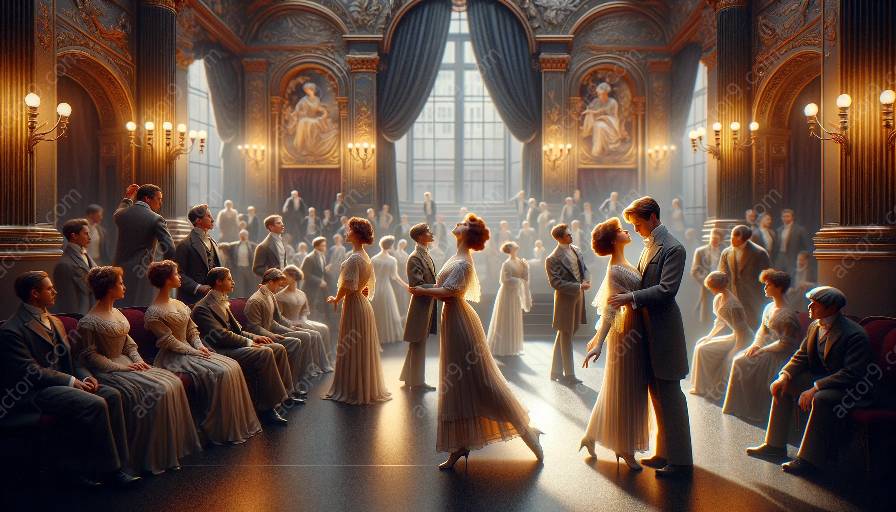The Delsarte System offers a unique approach to understanding and expressing emotions, which is integral to honing acting techniques. Developed by François Delsarte, this system provides actors with a deep understanding of the physical, mental, and emotional aspects of expression. By integrating the principles of the Delsarte System into acting, performers can infuse their roles with authenticity and emotional depth.
The Origins of the Delsarte System
François Delsarte, a 19th-century French teacher and philosopher, sought to develop a holistic understanding of human expression. He believed that the body, mind, and emotions were interconnected, and that by focusing on the natural laws of expression, individuals could achieve a more truthful and compelling means of communication.
Principles of the Delsarte System
The Delsarte System is founded on several key principles that form the basis of expressive movement and emotion:
- Law of Three: This principle explores the interplay of will, action, and form, emphasizing the balance and coordination of these elements in expression.
- Law of Contrast: Delsarte identified the significance of contrast in emotion and gesture, highlighting the juxtaposition of opposing states to convey depth and complexity.
- Law of Repose: Understanding the role of rest and stillness in expressing emotion is central to the Delsarte System, as it emphasizes the interplay between motion and stillness.
- Law of Expression: This principle delves into the myriad ways in which emotional states can be communicated through the body, voice, and facial expressions, bringing nuance and authenticity to acting performances.
Application to Acting Techniques
By integrating the principles of the Delsarte System into acting techniques, performers can enhance their ability to convey emotions and portray characters in a more genuine and impactful manner. Through exercises that explore the laws of expression, actors can develop a heightened awareness of their bodies and emotions, enabling them to tap into a deeper range of authentic and nuanced performances.
Furthermore, the Delsarte System encourages actors to embody a character's emotional state through physicality and expression, leading to more compelling and believable portrayals. By understanding the interplay between rest and motion, tension and release, and the nuances of emotional expression, actors can bring depth and complexity to their performances, captivating audiences with their authenticity.
Benefits of Integrating the Delsarte System into Acting
Embracing the principles of the Delsarte System offers several benefits for actors:
- Enhanced Emotional Range: By honing their understanding of emotional expression, actors can expand their repertoire of emotions and convey a wider spectrum of feelings and experiences in their performances.
- Physical Awareness: The Delsarte System fosters a heightened awareness of the body, enabling actors to use movement and gesture to communicate emotions with precision and impact.
- Authenticity in Performance: Through the application of Delsarte principles, actors can achieve a greater sense of authenticity and truthfulness in their portrayals, resonating with audiences on a deeper level.
Conclusion
The Delsarte System provides a valuable framework for actors to delve into the intricacies of human expression and emotion. By embracing the principles of the Delsarte System, performers can enrich their acting techniques, infusing their roles with authenticity, depth, and a profound understanding of emotional communication. This foundational approach offers a gateway to more genuine and impactful performances, enhancing the craft of acting and captivating audiences with the power of authentic expression.













































